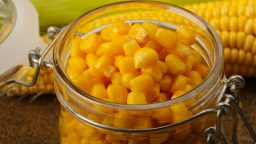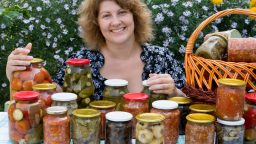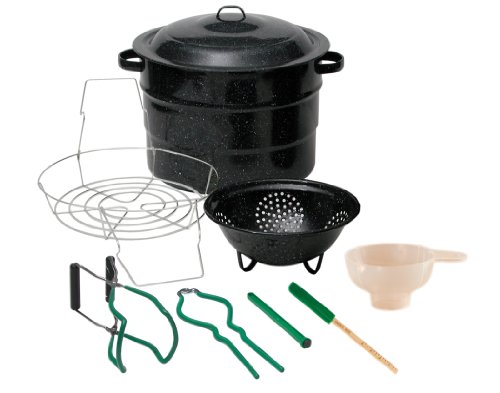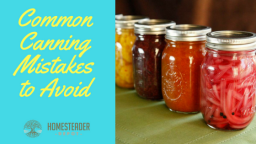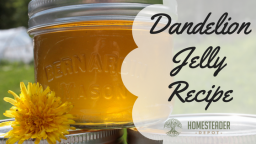Modern homesteaders can take advantage of a number of different high tech tricks and tools in order to make their lives easier. Technology has changed quite a bit since the original homesteaders claimed parcels of land back in the 1800s. Just because you’re trying to recreate that lifestyle, doesn’t mean that you need to utilize their old technology, like pot-bellied coal stoves and outdoor bathrooms. Instead, use these seven tools in order to make your modern homestead run much more smoothly. You’ll be glad that you did!
1) 3D Printers
When something breaks, it can be hard to run out and get a part, especially if you’re located hundreds of miles from the latest town or store. For example, if a crucial part of your tractor breaks, you could be stuck without one for quite some time. This is where a 3D printer comes into play. These printers make three-dimensional objects out of sturdy plastic. While the part that they make may not hold up for years, it should do the job well enough to keep the tractor running until a proper replacement can be procured.
2) Grafting Plants and Other Gardening Techniques
Did you know that you can graft plants together in order to create a kind of hybrid? For example, if you graft branches of one apple tree to another, you’ll end up with a tree that produces two different types of apples. This is quite a space saver! On top of this, you can also create your own plant hybrids by using cuttings and breeding them together. This is a less expensive option than purchasing new plants and seeds every year, plus you’ll end up with a plant that will thrive on your specific plot of land.
3) Canners and Dehydrators
Saving every last bit of the fruits and vegetables that you grow is a crucial part of homesteading. You don’t want to waste anything. Since you’ll inevitably grow more crops than you can eat fresh, you’ll need to rely on canning and dehydrating in order to save them for later. Modern canning devices are very easy to use and heat the jar’s contents to safe levels. Dehydrators are another simple tool that can help you waste less food.
This guy shows us clear as day how anyone can power (with ZERO cost any) light bulb in their homes.
4) The Internet
This one seems obvious since you’re reading this article online. However, you need to keep in mind that the internet is a huge resource for things like recipes, instructions, and more. Everything that you need in order to be a great homesteader is right at your fingertips, through your WiFi connection.
5) Electric Bikes
These bikes have a power source, so they move faster than a standard bicycle. They charge themselves as well when you use them to travel from one spot on your land to another. Why do you want an electric bike on your homestead? They are cheaper to maintain, store and insure than a regular vehicle, and they have a smaller environmental footprint.
6) Drones
Drones are more than those tools that the military uses in order to shoot at and keep an eye on enemies. You can purchase a non-military drone and use it to watch everything that takes place on your land. This will save you time and energy since you won’t have to walk your land yourself.
7) Micro-Electric Power
Harnessing nature to create power for your homestead is always a great idea. You can use these micro-electric generators in order to gather power from a local stream or other water sources. While they won’t be able to generate enough electricity to run your entire home, they can be good for smaller things, like the electric pumps on your well or even the lights in your livestock barn.



